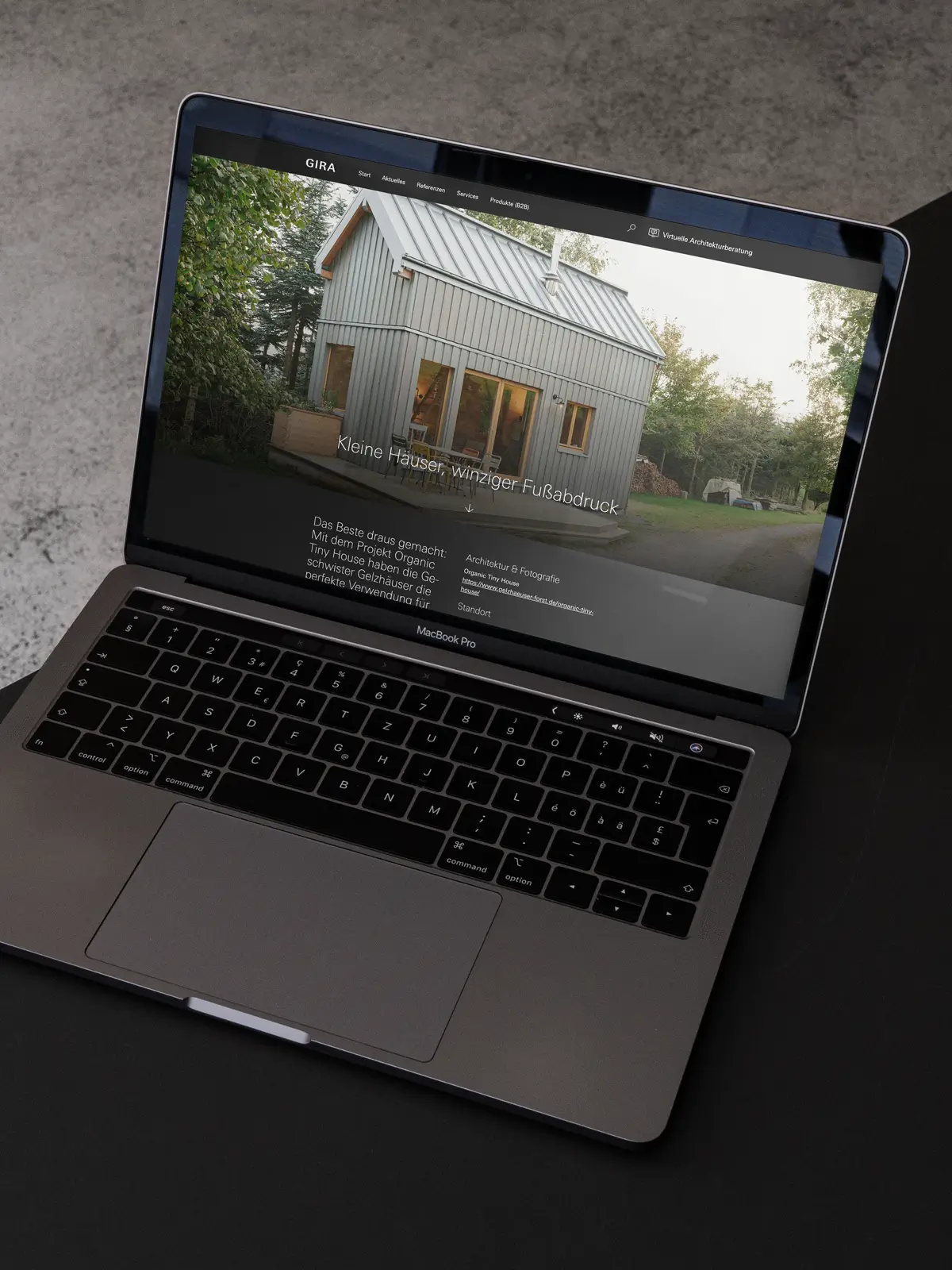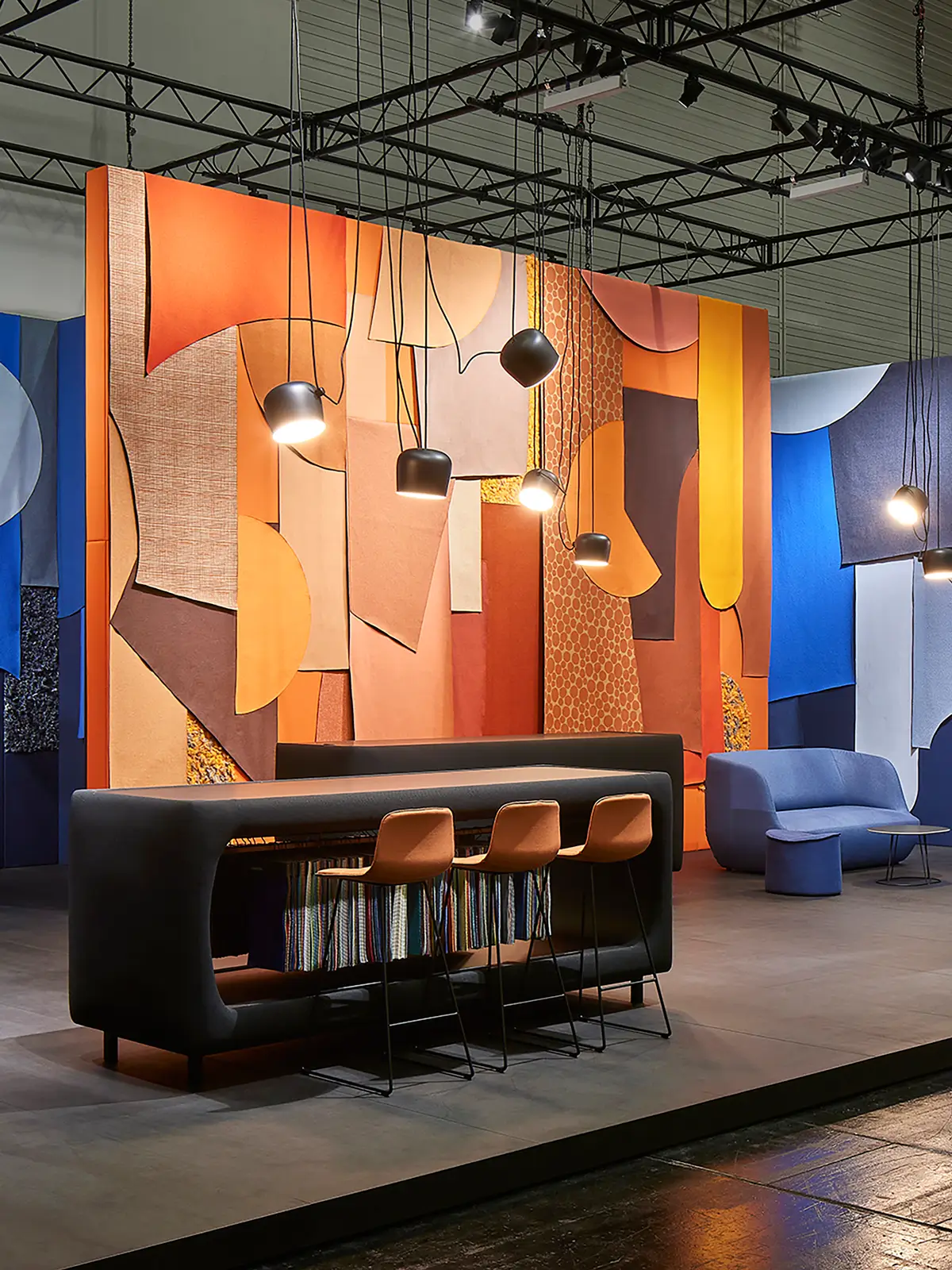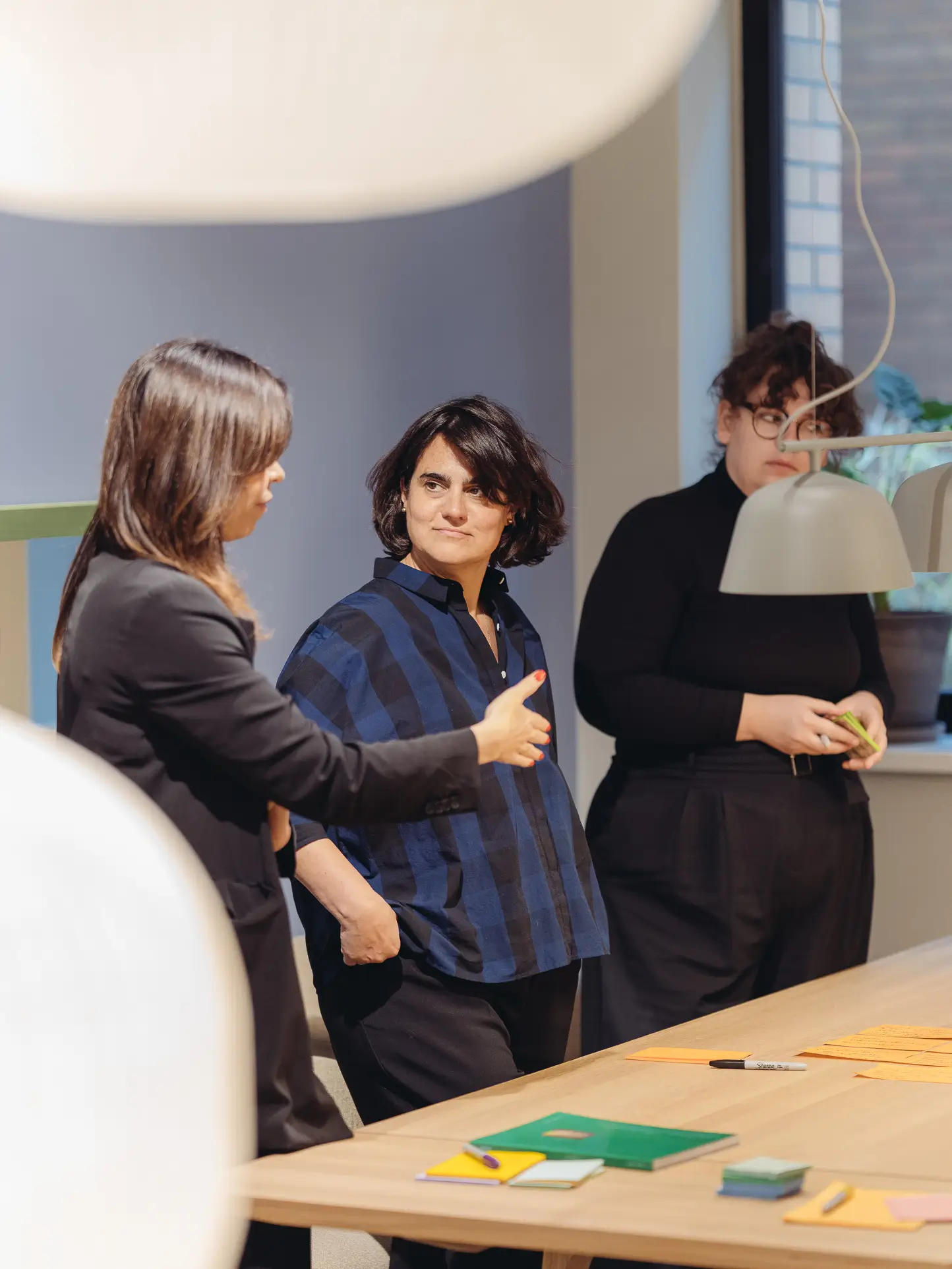Tips for target audience-specific communication with architects

"We would like to reach (more) architects with our communication measures." We often hear this wish from our clients and those who want to become clients, and just as often, we respond with the counter-question: "Which ones exactly?" Why it's important to know your target group quite well and how this special species can be reached will be unraveled in the following sections.
"I am so much more than the cliché might suggest: I am generous, I can break the rules anytime, I'm not consistent in life, I love to dance with friends deep into the night, I really enjoy taking time off work, I do that well! I can create a club atmosphere in a concrete cube or a simple spatial experience in a stack of wood in Hanover, at the EXPO... I don't need to teach anyone anything, I am essentially doctrine-free." — Peter Zumthor
Clichés vs. target audience
Clichés exist for every profession. But hardly anyone likes to hear that one fits them exactly. And rightfully so, because not only architects enjoy good coffee while wearing a black turtleneck, and not only hackers sit in a dark basement staring at four screens at the same time. Therefore, for target audience-specific communication, it is crucial to know which architects you want to reach at what point in their work to truly make their lives easier. In what structures do they work? Where do they get their information and stay up to date? In the best case: How do they live themselves? Or which brands do they trust privately?
Experience from first hej.hand
Since most of us at hej.build are architects or have studied architecture, we know from our own experience what we are talking about. We base all our communication recommendations on this – by and for architects. We are about sustainable knowledge exchange between those who produce and those who plan. Because when these two professions communicate and work together, you can see it in the results: In the best case, the developed products are concrete answers to architectural challenges.
From master builder to specialist
A long time ago, when a cathedral was being built, there was a master builder who led the construction site: Someone who had the imagination for the result and told the craftsmen what to do and when. In modern structured architectural offices, there is at least one employee responsible for each subject area – often even an entire team, because the requirements are so diverse and each is profound. The larger an office is, the more specialists sit under one roof:
- Designers, model makers, planners, project managers, construction managers, lighting planners, etc.
- Specialists in Building Information Modeling (BIM), sustainability, digitalization, public relations, material use, visualization, etc.
Just like any company from the building materials industry, every architectural office consists of different experts – so who exactly should be addressed with this one communication measure?
The right timing for the best service
How do decision-making processes work in architectural offices? When is the right time for building product manufacturers to get involved in a project? Architects work in precisely defined service phases (LPH) according to the Fee Structure for Architects and Engineers (HOAI), which build on each other and include, among other things, the following points:
LPH 1: Basic evaluation
- Clarifying the task and planning method
- Consulting on the entire scope of services
LPH 2: Preliminary planning
- Preliminary planning considering the main urban planning, design, economic, technical, and ecological contexts and specifications
- Initial cost estimate, scheduling, and quantity determination
LPH 3: Design planning
- Design planning usually at a scale of 1:100 as a continuation of the preliminary design
- Object description including materials
- Negotiation of permit feasibility
- Cost calculation
LPH 4: Approval planning
- Compiling and preparing the necessary documents and proofs for the building application and possibly other required permits
LPH 5: Execution planning
- Basis for the execution of the building including all details necessary for construction, component assemblies, and details
- Construction planning involving the planning of all professionals participating in the construction
LPH 6: Preparation of the contract award
- Creation of service descriptions and specifications by service areas (trades)
- Creation of the award schedule
- Cost calculation
LPH 7: Assistance with the award process
- Coordinating the awards of specialized planners
- Soliciting offers, reviewing offers, bidder discussions, and creating award proposals
- Participation in the contract award
LPH 8: Construction supervision
- Construction management = monitoring the execution
- Documentation of construction progress, monitoring the schedule, organization and acceptance of construction services
- Cost control and invoice verification
LPH 9: Project management and documentation
- Technical assessment of defects as part of warranty claims
- Inspections to identify defects before the expiration of limitation periods
At what point do you think it is appropriate to approach? From when would you like to support the architects with advice and action? From our experience, the outcome is always better the earlier all parties are involved. However, this is often wishful thinking because such communication is enormously complex and must go through the architectural office. How can you make yourself noticed without being annoying?
Creativity and expertise
What unites architects are creativity and expertise. Even though work today involves 3D programs, the imagination for aesthetics and future processes remains a strength of planners. Above all, it's the needs, habits, and preferences of the clients for which architects have a keen sense.
Architects are explorers: They want to feel, touch, hear, and even taste if it helps. Experiencing surfaces, textures, and materials with (almost) all senses is a trait many architects remember from their earliest years. In the profession, such traits are reflected in a love for detail: What feels simply right and good to users is deliberately planned and combined by architects. You'll find material samples in every planning office – use this fact to your advantage and let your products speak for themselves with architects. When you are then asked for advice, you have succeeded, for that is your capital, where you are the expert.
"You know, I am an architect but – probably due to family influence – also a construction entrepreneur. And so, I know how important solid execution, good craftsmanship is. For me, good architecture has less to do with aesthetic things, less with perfection, especially in public buildings. They have a central function in the city, they have a mission. Here, people should meet and do all the things that people do together. And so, these special buildings must have a very special gesture. A church, a town hall, the university, the school, the sports field, these types of buildings had and always have a central function in our civilized society. And beyond all gestural, all pride, they should always possess dignity." — Renzo Piano
Media behavior of architects
When architects are convinced of something, they often remain loyal to their convictions. This applies to their attitude, their design signature, their preferences for a material, but also for brands and products. The range of options is so vast that architects are sometimes glad to be able to fall back on tried and tested things.
This also applies to media and information sources. Since architects must have a bit of knowledge about everything, they are often very well-read and have diverse interests. Architecture never stands alone, and neither do the people who have designed it. They move within society, not on the fringes. They inform themselves like all of us – via daily and weekly magazines, social media, etc.; in addition, of course, through well-known trade magazines. And if time permits, even in the tactile print version. But time is precious and in between, newsletters are simply more manageable - as long as they offer real added value and are not just sent because everyone does it. Or they take their time and visit a trade fair – which brings us to the next point.
Where do you meet architects – and where not?
"Not that we always talked about architecture at dinner, but when we were traveling, we naturally visited cities and buildings, museums... In that sense, it was indeed an integral part of our lives. We were simply sensitized to such topics early on." (Martin Henn)
Besides daily information flows, sources of inspiration are like H2O for architects – they can't do without them. The greatest inspiration during their studies is excursions, traveling. Discovering the foreign and thereby recognizing the own is one of the most beautiful and influential things to which architects devote themselves with all their senses and full enjoyment.
The second source is trade fairs, where architects let themselves drift, look for new impressions, make contacts and refresh them – just like you. Whoever presents themselves creatively and content-wise interestingly on such days will have architects lining up. But here too, business is people's business. Choose wisely who represents your stand and whom you let loose on the architects in consultation.
Conclusion
"It's important that I find something extraordinary, very good. Then I also do something for it, without seeing myself in the foreground." — HG Merz
Do you know why architects often wear black or at least subdued colors? The quote by architect HG Merz sums it up very well: Architects, in the best case, want to stand behind their projects, their work. Unobtrusive, observing, reflecting, building. And certainly also a little bit aloof.
"For a project in the Upper Palatinate, I tried to act in the sense of a consistent circular economy. It's about an old barn, located in Kneiting, a village north of Regensburg. At first, this seemingly insignificant building was preserved. For the morphology of the place, this was of central importance. Because the place loses so many of its stable structures and was at least spared here. The old wood of the boards was mostly reused. Only as much new wood was used as was absolutely necessary. This wood came from the nearby forest, was cut in a small sawmill, and installed by regional craftsmen. The project is not a renovation, but a repair. In that sense, it sees itself as 'gentle' and 'preserving'. Not because it looks back and thinks everything was better in the past. No, the 'Kneitinger boards' pose the question of whether there are truths from past times that we can or even must carry forward, that we need in order to live well in the future." — Max Otto Zitzelsberger
Would you like to learn more about your target audience? Arrange a coffee call with our co-founder and managing partner, Michael Rahmfeld.




